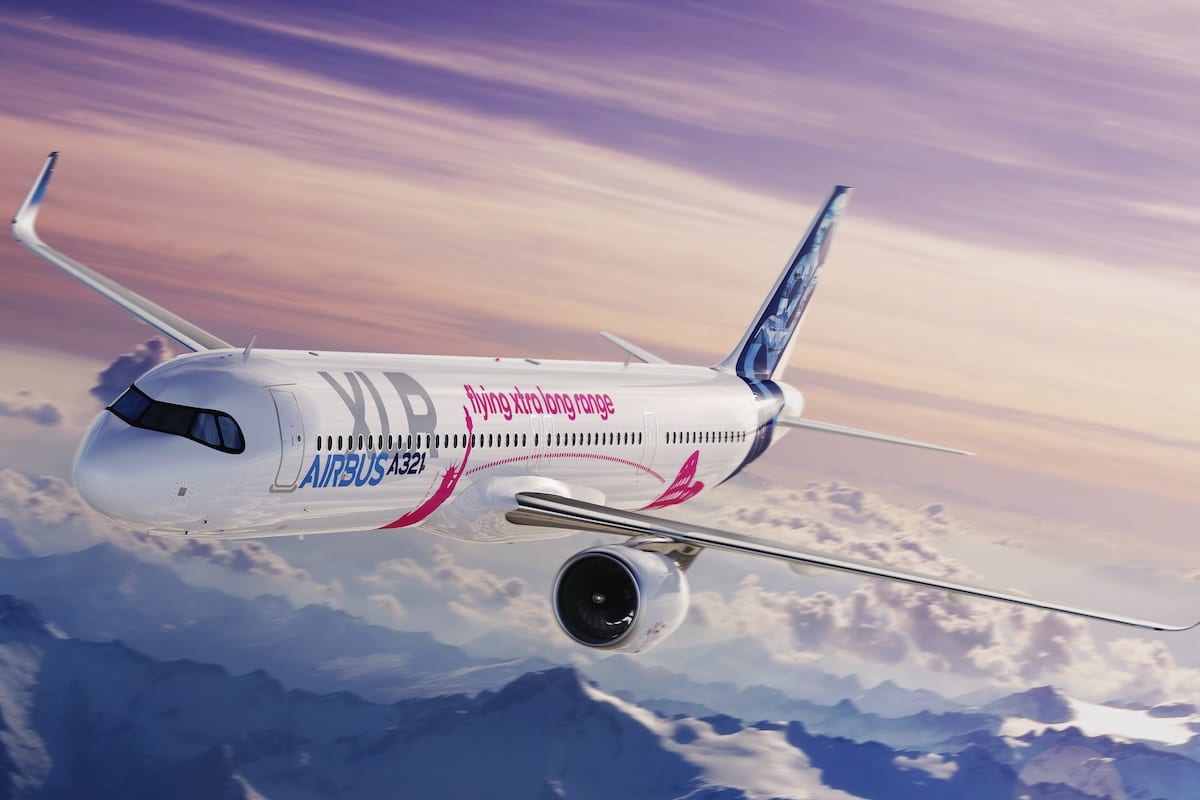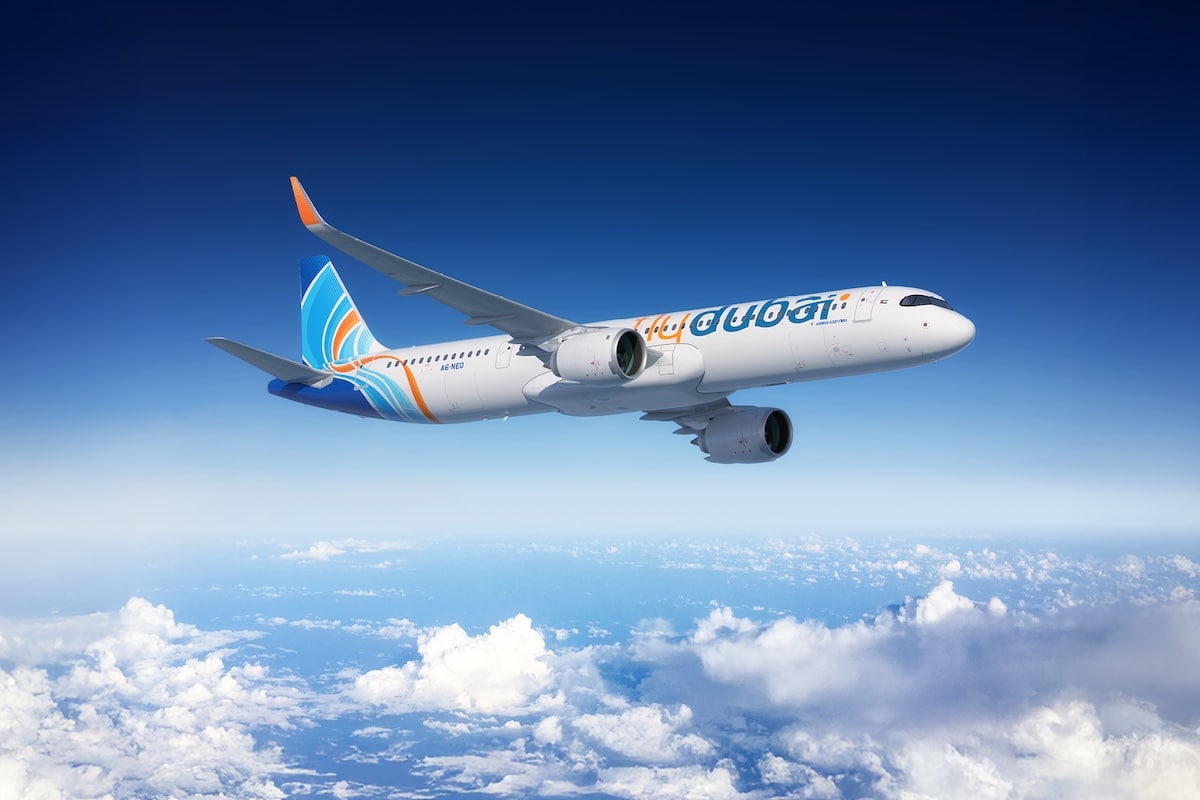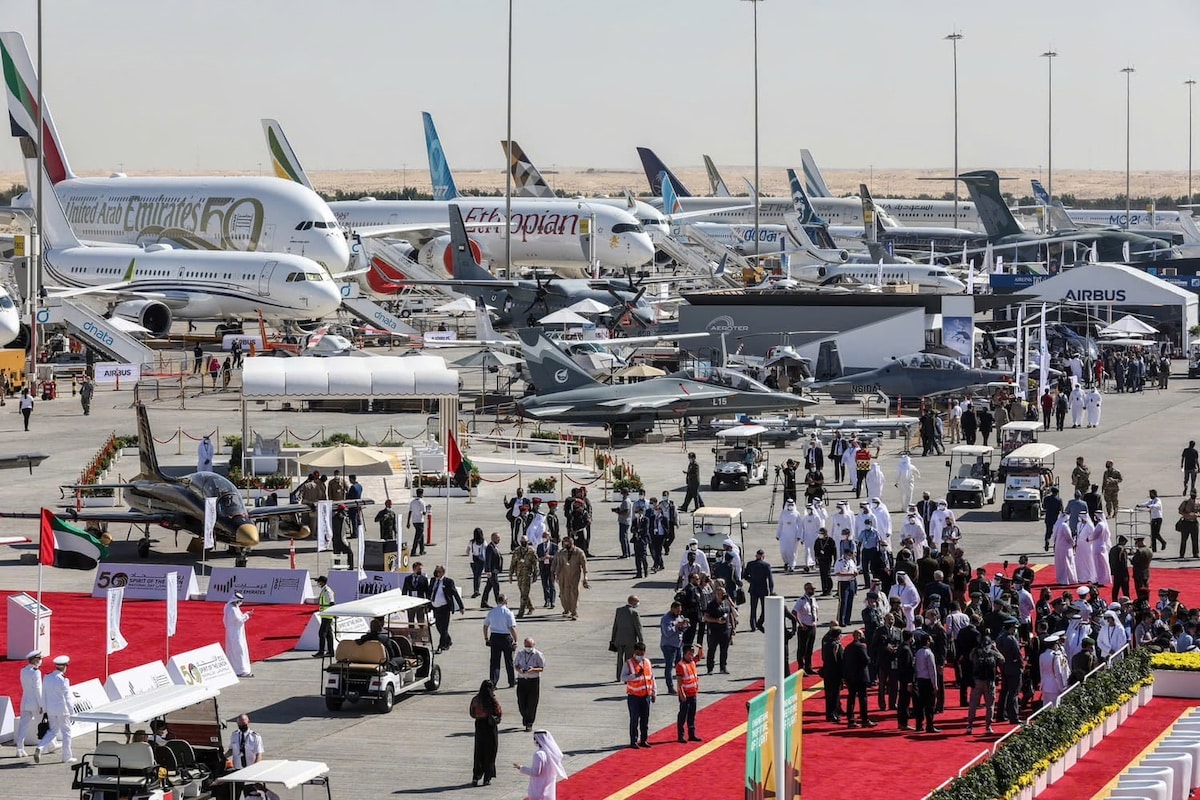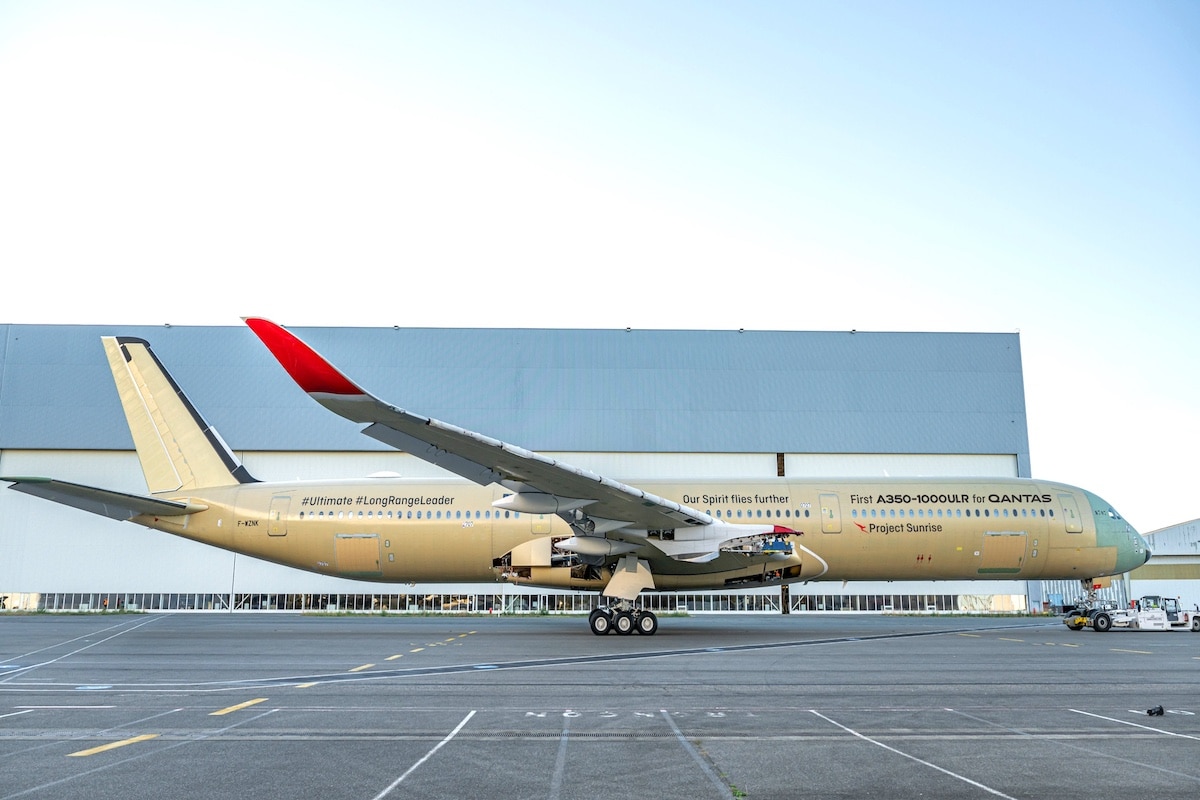Airbus A321XLR certifies engines that are 30% less polluting

The Airbus A321XLR establishes itself as the new benchmark for single-aisle long-haul aircraft with its new Pratt & Whitney engines.
The aerospace industry continues its transformation with the certification, by the European Union Aviation Safety Agency (EASA), of the Airbus A321XLR, now approved with Pratt & Whitney GTF engines. This announcement marks a significant milestone for Airbus and for airlines eagerly awaiting this long-range aircraft. Following the certification of the version equipped with CFM LEAP-1A engines in July 2024, this new validation will allow the first aircraft fitted with Pratt & Whitney engines to enter service by the end of the year. With a range of 8,700 km, the A321XLR positions itself as a preferred alternative to large-capacity aircraft, enabling airlines to connect destinations directly that were previously inaccessible without stopovers with a narrow-body.
44.51 meters long, with a wingspan of 35.80 meters, weighing 101 tons at takeoff, the Airbus A321XLR has a maximum capacity of 244 seats.
Theoretically Accessible Destinations from Paris

Europe
- All of Europe (London, Rome, Athens, Moscow, etc.)
- Iceland (Reykjavik)
- Canaries (Tenerife, Las Palmas)
Africa
- North Africa (Casablanca, Algiers, Tunis)
- West Africa (Dakar, Abidjan)
- Central Africa (Libreville, Douala)
- East Africa (Nairobi, Addis Ababa)
Middle East
- Dubai (United Arab Emirates)
- Doha (Qatar)
- Tehran (Iran)
- Riyadh (Saudi Arabia)
Asia
- New Delhi (India)
- Mumbai (India)
America
- Canada (Montreal, Quebec)
- Northeastern United States (New York, Washington, Boston)
- South America (Recife, Fortaleza in Brazil)

A Response to Airline Needs
The Airbus A321XLR has been designed to meet the growing demand for aircraft capable of operating long-haul flights while maintaining the economic efficiency of narrow-bodies. It is particularly targeted at airlines looking to optimize costs on transatlantic, intercontinental, or low-density routes, where larger aircraft would be less economical. Thanks to its large-capacity center tank (RCT), it can achieve similar ranges to some larger aircraft, while maintaining fuel consumption reduced by 30% per seat compared to previous generations.
READ ALSO: Why are we more cramped in our clothes on planes?
Over 500 orders have already been placed with major players in air transportation, including American Airlines, United Airlines, Air Canada, Iberia, Wizz Air, and Air Arabia. Some airlines, like Air France-KLM and Lufthansa, might also incorporate this aircraft into their fleets to operate more flexible routes. Its deployment could redefine the economic model of long-haul low-cost carriers, which seek to maximize profitability with less fuel-consuming and easier-to-fill aircraft.
A More Environmentally Responsible Aviation
The energy efficiency of the Airbus A321XLR aligns with a trend where reducing CO₂ emissions becomes a priority for the aerospace industry. With a 20% lower carbon footprint and noise reduction of 50% thanks to Pratt & Whitney GTF engines, this aircraft meets the new environmental standards set by regulators and passengers. Transitioning to more fuel-efficient aircraft has become a strategic lever for airlines aiming to achieve carbon neutrality targets by 2050.
Simultaneously, passenger comfort has not been overlooked. Airbus has equipped the A321XLR with the new Airspace cabin, inspired by large aircraft, featuring more ergonomic seats, adaptive mood lighting, and overhead bins offering 40% more capacity. These enhancements bring the experience of narrow-body flights closer to that of long-haul aircraft.

A Revolution in the Narrow-Body Aircraft Market
With increased range and optimized fuel consumption, the A321XLR redefines the landscape of air transport by offering airlines unprecedented flexibility. Airbus estimates that over 2,000 units could be ordered by 2035, confirming the rise of single-aisle aircraft in the medium- and long-haul segments. This aircraft may also hasten the decline of older models like the Boeing 757 and 767, by providing a more modern and eco-efficient alternative.
The entry into service of the A321XLR marks a new era for aviation, allowing airlines to offer more direct flights at lower costs, with a reduced carbon footprint.
For reference, while Airbus does not officially announce prices, the unit cost of an A321XLR is expected to be around 135 million euros… before discounts depending on order size.
READ ALSO: Airbus: why does this small experimental aircraft have 7 engines?
This page is translated from the original post "L’Airbus A321XLR certifie des moteurs 30% moins polluants" in French.
We also suggestthese articles:
Also read






